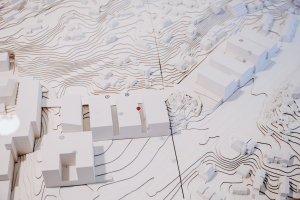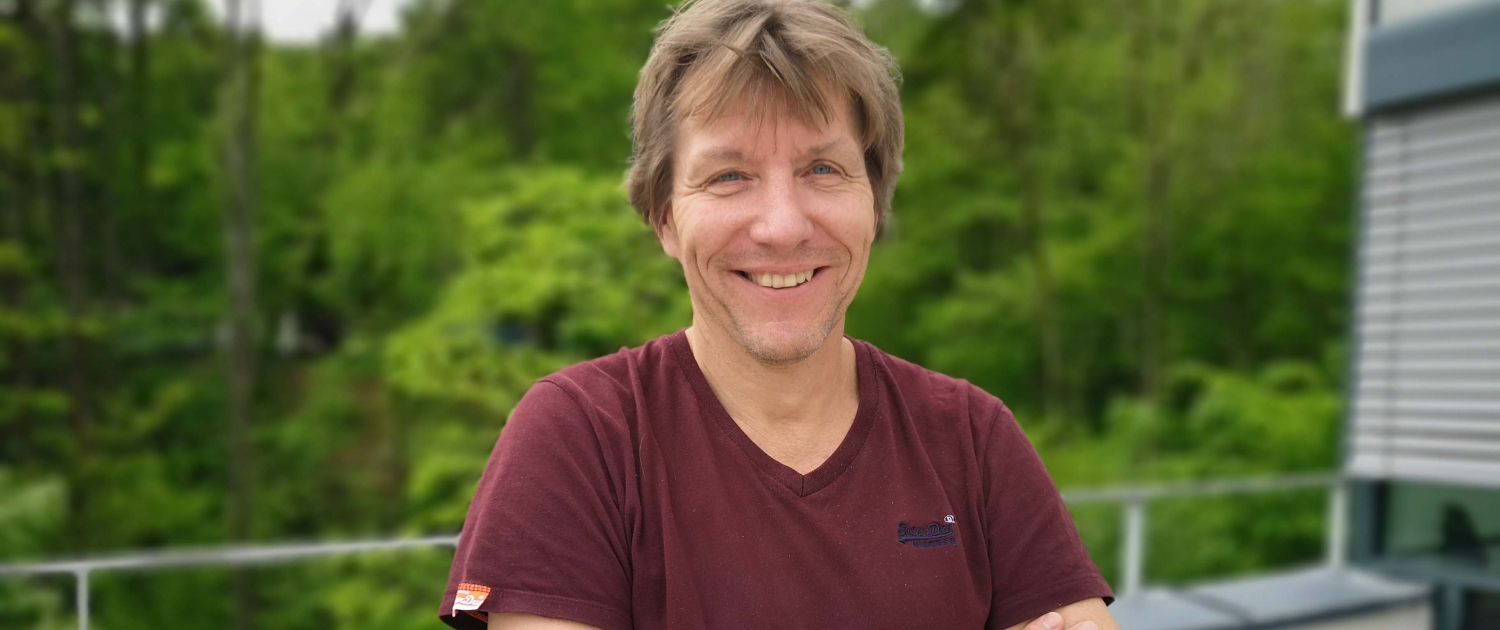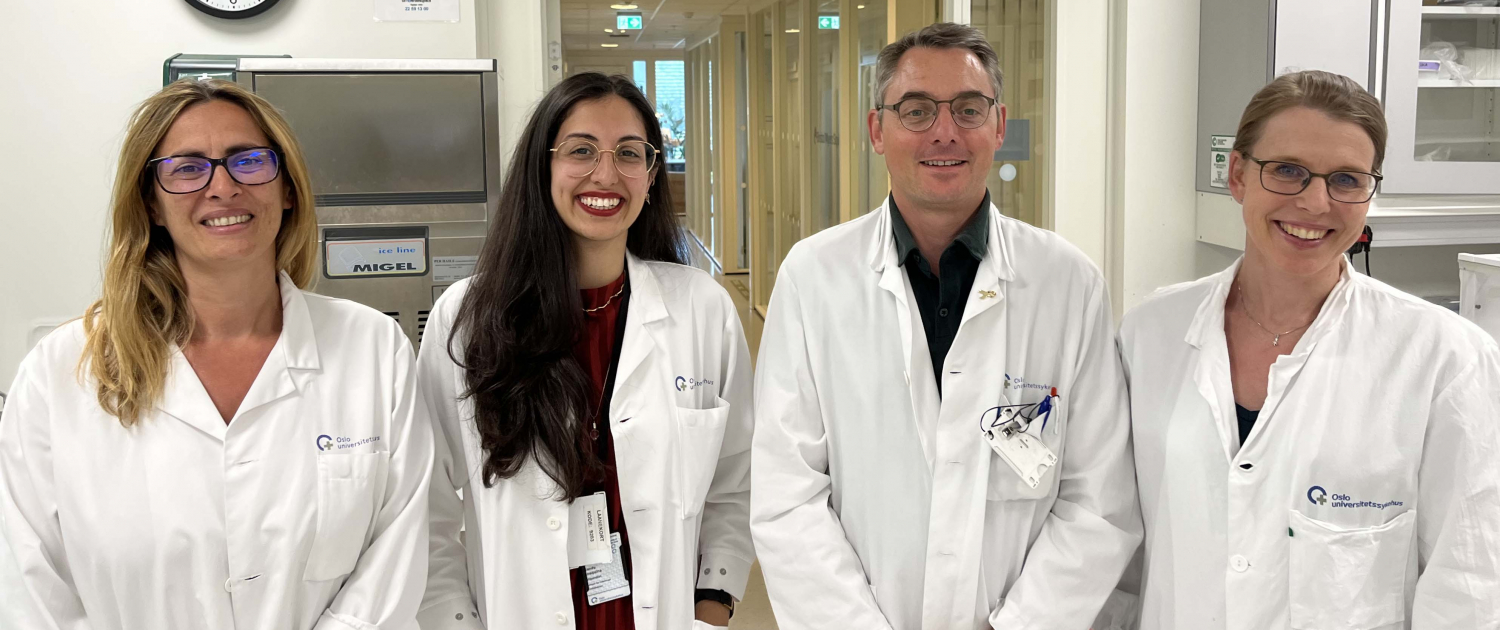Member companies secure NOK 92 Million
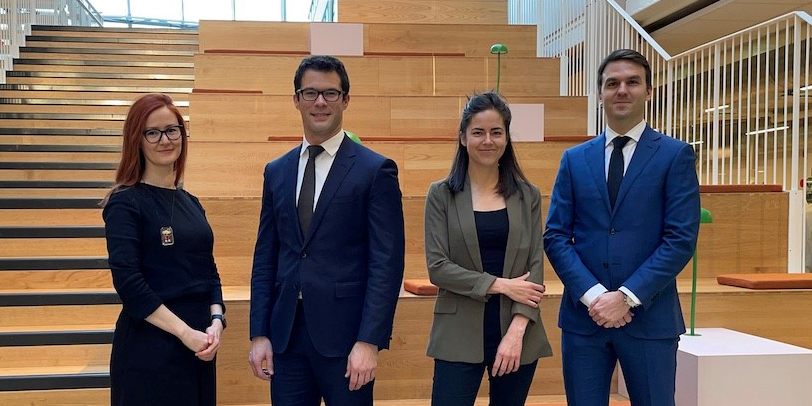
Oslo Cancer Cluster Members secure a staggering NOK 92 Million from the Research Council of Norway.
The Research Council of Norway allocates NOK 494 million to 39 research-based innovation projects in companies across the entire country, marking a significant boost for cancer innovation. Oslo Cancer Cluster celebrates the success of several member companies, who collectively secured a remarkable NOK 92 million of the funds. Our member companies are:
- Oncosyne
- DoMore diagnostics
- Hemispherian
- AdjuTec Pharma
- Blue Wave Therapeutics
- Augere Medical
Kjetil Widerberg, Oslo Cancer Cluster’s General Manager, expresses his excitement, stating
“This fantastic news is a testament to the hard work and risk-taking spirit of individuals in these companies. It validates the quality of our ecosystem, bringing us significant steps closer to improving cancer patients’ lives through the acceleration of new diagnostics and treatments.”
Oslo Cancer Cluster extends recognition to The Research Council of Norway for the acknowledgment of the high quality of these Norwegian cancer companies, some of which are integral to Oslo Cancer Cluster (OCC) Incubator.
This funding injection serves as a powerful catalyst, propelling these innovative projects into new realms of possibility and advancing the frontier of cancer research and treatment.
Thrilled and Grateful
Oncosyne, a biotechnology start-up in the OCC Incubator, received a NOK 16 million grant for “clinical feasibility of in vitro diagnostic drug testing for pancreatic cancer.” Cofounder & CTO, Peter W. Eide, shares his gratitude for the Research Council’s support, emphasizing the opportunity to enhance their drug modeling platform and initiate vital clinical studies for pancreatic cancer patients.
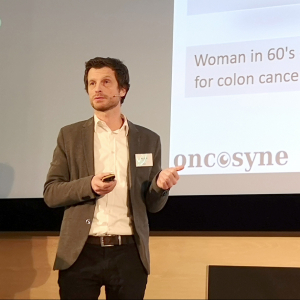
Peter W. Eide, Co-founder and CTO of Oncosyne. Photo: OCC.
DoMore Diagnostics, also an OCC Incubator company, secures NOK 16 million for clinical validation and implementation of the AI-based digital biomarker Histotype Px, to personalize treatment in colorectal cancer. CEO Torbjørn Furuseth shares the excitement of competing with strong applicants and expresses the motivation to accelerate plans.
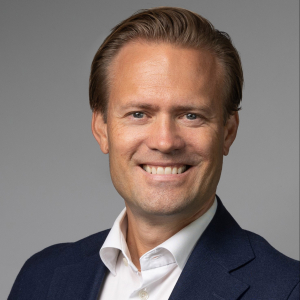
Thorbjørn Furuseth CEO of DoMore Diagnostics. Photo: DoMore.
Hemispherian receives a substantial NOK 16 million grant towards “a one-of-a-kind approach to treat Ovarian Cancer.” Hemispherian CEO, Zeno Albisser, expresses immense gratitude for the support,
“We are immensely grateful for this support from the Research Council of Norway. Our team is excited to advance our second asset, GLIX5, towards clinical use. We are dedicated to developing therapies that will make a tangible difference in the lives of those battling cancer.”
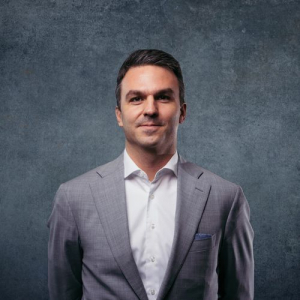
Hemispherian CEO, Zeno Albisser. Photo: Hemispherian.
AdjuTec Pharma, also part of the OCC Incubator, secures NOK 16 million towards the “development of a novel broad-spectrum antibiotic-resistant inhibitor product.” CEO Bjørn Klem acknowledges the award’s significance, serving as both external validation and a catalyst for private capital raising to propel the project into the clinical phase.

AdjuTec Pharma CEO Bjørn Klem. Photo: OCC/Stig Jarnes.
Blue Wave Therapeutics also receives NOK 16 million towards their project ALPHAGLIO: Development of a novel treatment for glioblastoma.
“It feels incredibly good. This is the third time we’ve applied, so now it will be fantastic to finally get started with this project.” says CEO Jostein Dahle
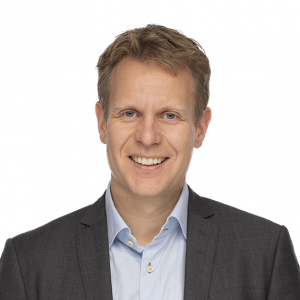
Blue Wave Therapeutics CEO Jostein Dahle. Photo: Blue Wave.
Augere Medical is thrilled to announce the acceptance of its application for the IPN grant by the Research Council, securing close to NOK 12 million towards the project “ColoCompare: colonoscopy guidance and AI-assisted procedure comparison.”
Augere CEO and Co-founder, Pia Helén Smedsrud, expresses gratitude for the opportunity
“These funds will enable further research into novel technologies that can improve the detection and prevention of colorectal cancer. We are thankful for the opportunity and look forward to sharing our progress and technology with the public in the next few years.”
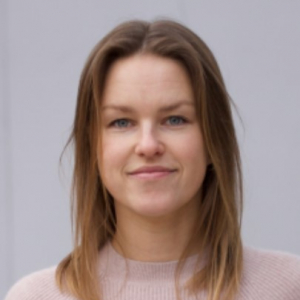
Augere CEO and Co-founder, Pia Helén Smedsrud. Photo: Augere.
The post Member companies secure NOK 92 Million first appeared on Oslo Cancer Cluster.

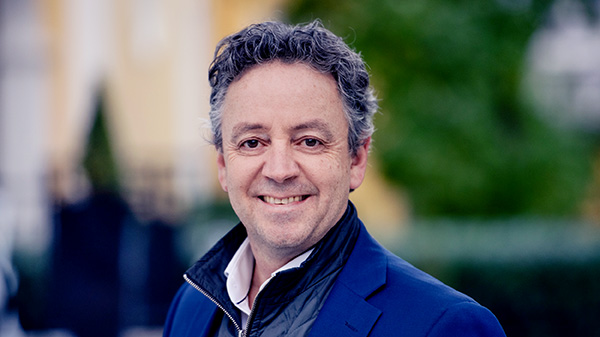 Thomas London
Thomas London